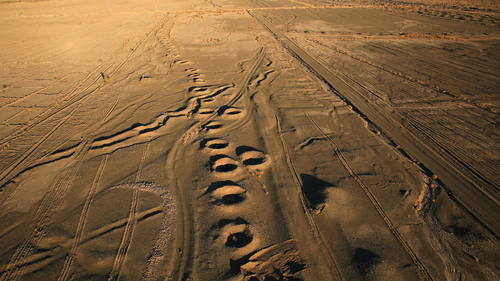Qanat-based saffron farming in northeastern Iran has been registered as one of the world’s Globally Important Agricultural Heritage Systems.
The initiative is part of the UN’s Food and Agriculture Organization (FAO). The Globally Important Agricultural Heritage Systems (GIAHS) says the area in the Gonabad county, in northeastern Razavi Khorasan is “part of Iran's central plateau with arid and semi-arid climate”. “The climate is harsh with water shortage, which leads challenges for improving livelihood and food security of its inhabitants”, according to the initiative’s website.
GIAHS says the irrigation system by Qanat (underground aqueduct) has lead to “the excellence of saffron in the proposed area” which “has been achieved by not only favourable climate for saffron but also indigenous knowledge and skills to grow saffron, which has been conserved for generations”.

Qanat is a system of underground wells dug by desert dwellers in the arid Iranian plateau. It's been in use since 800 BC, according to FAO. Photo by S.H. Rashedi, taken from UNESCO
There are currently 57 designated sites in 22 countries around the world that have been approved by the GIAHS. Gonabad’s Qanat-based saffron farming is Iran’s third designated system.
In July, Iran’s Grape Production system located in Jowzan Valley was approved by the FAO as the country’s second Globally Important Agricultural Heritage Systems (GIAHS). Jowzan is a fertile valley in the western city of Malayer in Hamadan Province. “The 800-year-old grape production in this part of Iran is the result of “favorable soil, water and climate, as well as high levels of skill and experience in grape production”. These same conditions have led to yields twice as high as other parts of the country.
Also in 2014, Agricultural systems irrigated by the unique system of underground aqueduct (Qanat) in Iran’s central city of Kashan, located on one of the country’s deserts was approved by FAO’s initiative. “The Qanat Irrigated Agricultural Heritage Systems are uniquely designed, demonstrating a close relationship with nature, culture, and the capacity of the environment that surrounds it and more importantly, the underlying sustainability and productivity principles”, says the GIAHS.